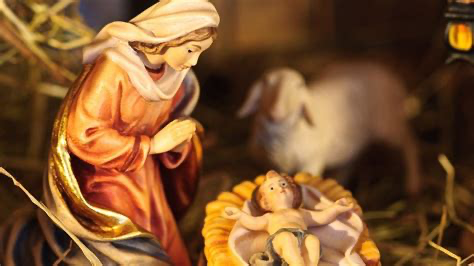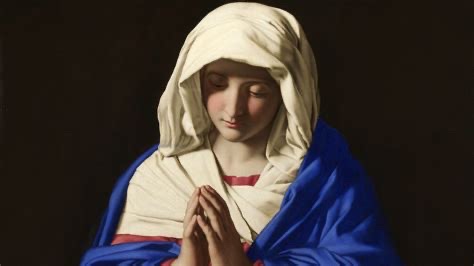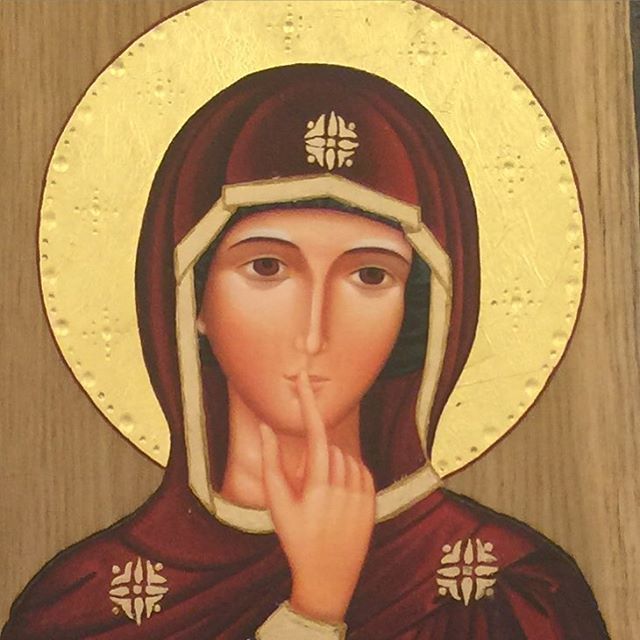The Vigil Mass on Christmas Eve tells about how the birth of Jesus came about. The Gospel of Matthew 1:18-23 is read at this Mass. During the Christmas Eve Vigil we hear that, “She will bear a son and you are to name him Jesus, because he will save his people from their sins.” and that “God is with us.” No one could know God is charity, except through this most important event in all of history – the Incarnation.
Traditionally it is believed that Christ was born at midnight. Midnight is when it is darkest and this can be seen to represent spiritual darkness that is in the world. Only Christ, the Light of the world, can dispel this darkness. The birth of Jesus, the Word made flesh, has shown us the love of God. With allusions to Christ’s birth in our souls by grace – through the Word, God’s love is manifested and now tangible in this little baby who holds out his arms to us.
The Church celebrates three Masses at Christmas. The first Mass is the Mass at Midnight. This is also known as the Angel’s Mass since the scripture passages are highlighted with the visit of angels. “The angel said to them, ‘Do not be afraid; for behold I proclaim to you good news of great joy that will be for all the people. For today in the city of David a savior has been born for you who is Christ the Lord’. . . And suddenly there was a multitude of the heavenly host with the angel praising God. . .” The Gospel reading is taken from Luke 2:1-14 which describes how the birth of Jesus took place.
The Shepherd’s Mass or Mass at Dawn is celebrated early Christmas morning. Continuing with the theme of light, this Mass takes place at dawn when the natural light is increasing. The shepherds go to the crib to see the Christ child – a light in the darkness. In our consideration of these three Masses it would be incomplete without a visit to the creche, to see and worship the Infant Jesus.
The third Mass of the day is known as the Mass of the Divine Word. The Word is a light that shines in the darkness. The Word is life. The Word became flesh. The Word is God. The Word enlightens and dwells among us. (Jn 1:1-14) And the Word ushers in a new law.
This is how St. John of the Cross speaks of the new law of grace now that it has entered into time, explaining how we do not need to question God and have him reply as it was necessary in the Old Testament because:
“in this era of grace, now that the faith is established through Christ and the Gospel law made manifest, there is no reason for inquiring of him in this way, or expecting him to answer as before. In giving us his Son, his only Word (for he possesses no other), he spoke everything to us at once in this sole Word – and he has no more to say.” (The Ascent of Mount Carmel, Book II, 22. 3)
God has spoken through his Son. The Son speaks the Divine Word. We are to listen to that Word and carry the love that God has revealed into the dark places of our world.
If possible make plans to attend all three of these Christmas Masses. Reflect on these themes: angels, shepherds and the Divine Word. Worship the Infant Jesus, let his Word enter your heart and bring the law of light and love to our dark world.














